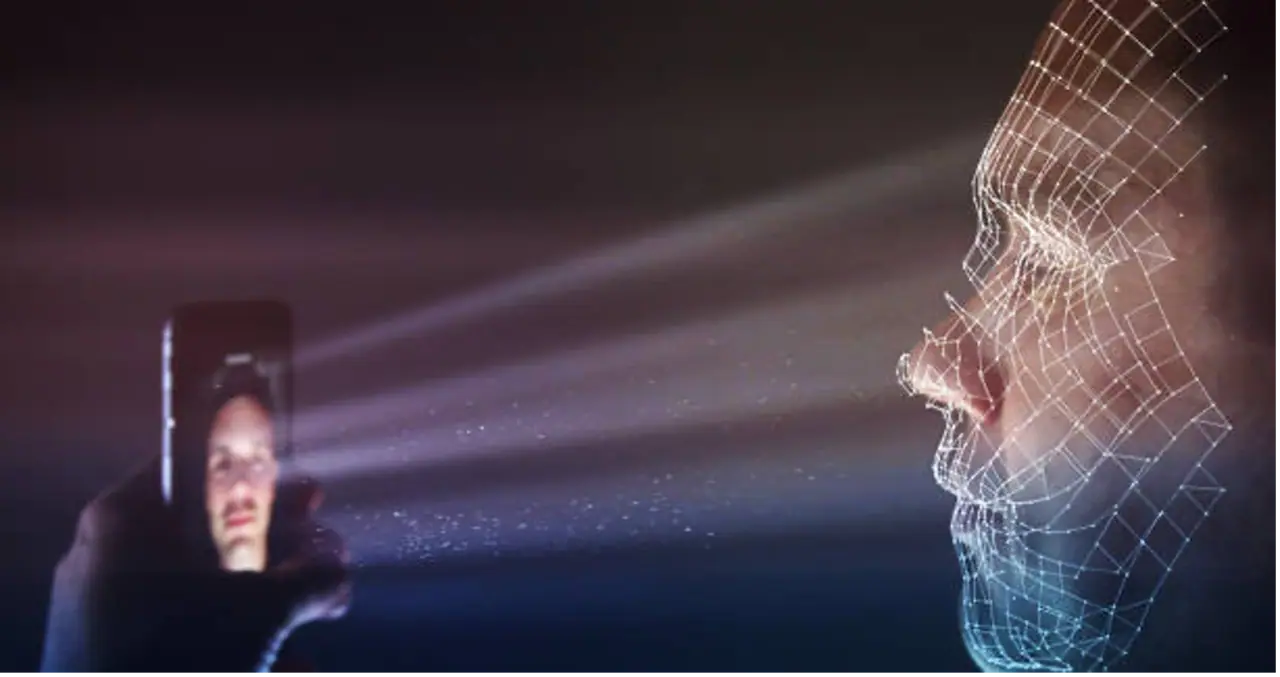
Fighting Money Laundering by Implementing Facial Verification Technologies at the Grassroots
In the United States, the AMLA or Anti-Money Laundering Act of 2020 is one of the key acts defining the anti-money laundering or AML regulations. The AMLA was passed to facilitate and improve the existing AML and CFT (Counter Terrorist Financing) regulations.
Levying certain restrictions on domestic and foreign businesses and organizations. AML/CFT regulations are essential for streamlining national security processes when it comes to financial dealings.
One of the key regulations of the AML laws is for financial institutions to be aware of their customers and clients and to keep a database of all their data.
Facial verification is one of the key features of identity verification and KYC or know-your-customer processes in today’s age.
Why Facial Verification Technology is Important
Facial verification is key to security – both before the crime as well as after the crime has occurred when it comes to money laundering.
While being used by billions of people every day, and multiple times a day, for unlocking their phones, the implications of face recognition services go far beyond, even into national security.
Facial verification systems allow governmental security authorities to keep a check on, and track of, financial criminals. They also offer authorities systems to regulate national security matters that involve private financial businesses.
Face Verification Systems for Law Enforcement
Facial verification is crucial for AML regulations, KYC regulations, and law enforcement. Carrying out biometric face scanning of criminals and arrestees can help create a database of offenders. That can be used for protection of the public at large.
The police can utilize the services of facial recognition software companies while taking mugshots of arrestees and upload them online. A publicly accessible database that is being updated in real-time can allow the public to help in catching criminals. As well as help them keep themselves informed and safe. In this regard, facial data along with the other details of sex offenders being available online can be a great step. For AML, however, a privately accessible database that is connected and shared with airports. And also border control authorities can help with the criminal searches.
Face scanning of people on the No Fly lists can be important and a great way to control crime.
Facial Verification, No Fly Lists, and Money-Laundering
The No Fly list is a list issued by the US federal government’s Terrorist Screening Center (TSC) for national security. This list contains all the people that are not allowed to travel to within or out of the United States.
While airports as well as border control authorities have information about who is allowed to board a flight and who isn’t, including facial verification systems. Within this domain has great implications for the implementation of AML regulations.
Law enforcement agencies’ databases of financial criminals can be shared with airports and exit control management authorities. Even if certain people are not on the No Fly list, this can help keep a track of the movements of serious criminals.
As of December 2022, about 16 airports had started using facial verification technology albeit keeping it voluntary for the users. Facial verification kiosks at these airports allow willing users to pass through them. And insert their ID cards into the machine. The machine then scans their faces and matches the face with the photo ID.
Biometric facial verification holds great potential for increasing system efficiency, and for AML, this means an increased focus on security systems.
Human Trafficking and AML – How Facial Verification Can Help
According to the U.S. Department of State, an estimated 27.6 million people are victims of human trafficking as of right now. Human trafficking is one of the worst menaces to society, and victims are trafficked for reasons ranging from trafficking for sexual exploitation and forced removal of organs to trafficking for forced labor. Any money generated through these means is illegal and is black money.
This money needs to be disguised in order to be introduced into the legal financial system. This makes human trafficking a money laundering predicate offense.
Facial verification of victims of human trafficking – for law enforcement
Facial verification technology today has evolved to the point of being able to verify and match even one grainy image of a face. When it comes to special victims such as those of human trafficking, law enforcement may often find only a single image or a blurry CCTV snapshot. Advanced facial verification technology can help recognize victims from blurry single photos. That helping both humanitarian causes as well as those pertaining to national security.
KYC face verification of clients and customers – for banks and other financial institutions
One of the big red flags of shady financial dealings is a client who does transactions from a range of geographical locations. And tries to be secretive in physical appearance.
Regular and automated kyc verification every time a user interacts with the bank for payment processing etc. can ring bells if needed. Without employees having to screen users manually. For example, if a certain customer makes transactions regularly from very different bank locations or accounts. Then the automated system can simply point it out alerting the bank. Masked facial verification technology can help with secretive appearances.
Read More: Document Verification Process

